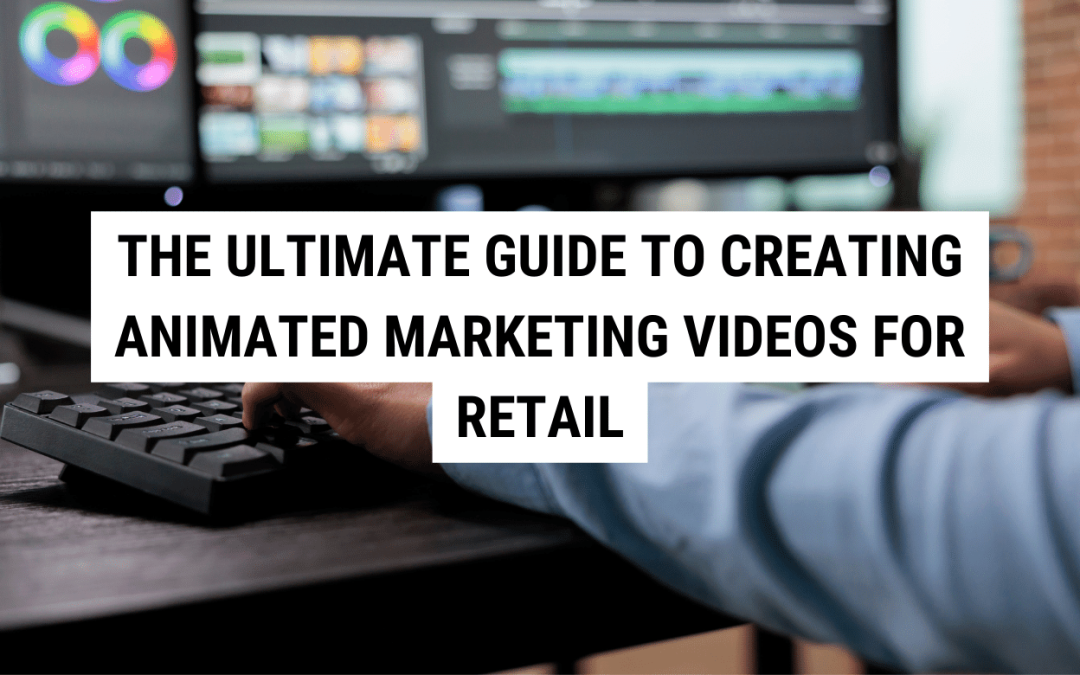
The Ultimate Guide to Creating Animated Marketing Videos for Retail
In the digital age, vibrant and engaging content reigns supreme, making animated marketing videos a potent tool for retail businesses to capture consumer attention. But how can retail Marketing Managers ensure their videos stand out among the myriad of clickables?
The answer lies in crafting animations that are not only visually appealing but also articulate a compelling narrative that resonates with your retail audience. This comprehensive instructional post is tailored for Marketing Managers in the retail sector who are eager to elevate their video marketing strategy.
Initial Research and Briefing
Before you animate, you must understand the canvas. Begin with a deep dive into your marketing goals and the preferences of your retail audience. What are their pain points, aspirations, and buying behaviours? Then, develop a comprehensive brief that serves as a blueprint for your animated video project, outlining objectives, key messages, and expected outcomes.
Stimulate Interest with a Captivating Message
Your initial phase is akin to a detective’s case file; you’re collecting clues that will help you solve the mystery of creating an engaging animation. This involves researching industry trends, consumer analysis, and competitor videos. Identify the sweet spot where your offering aligns with your audience’s desires and expectations. This is not just about what they buy, but why they buy it, and how they want to feel during the process.

Define Your Goals and Key Performance Indicators (KPIs)
Setting SMART (Specific, Measurable, Achievable, Relevant, Time-Bound) goals is crucial. Do you aim to increase brand awareness, drive traffic to your website, or boost conversions? Establish KPIs that will help you gauge the success of your animated marketing video, such as view counts, engagement rates, or sales figures.
Scriptwriting and Storyboarding
A video without a solid script and storyboard is like a ship without a rudder – it might look good, but it won’t reach its destination. These are the foundational elements that guide the production process.
The Power of a Persuasive Script
Your script must tell a story that your retail audience can relate to. It should be informative yet conversational, delivering your message with clarity and emotion to forge a connection. Humans are hardwired for narratives; they remember and are moved by stories. Your script should invoke a problem-solution paradigm that positions your product as the bridge between the two.
Visualising Your Narrative with a Storyboard
Translate your script into a visual format with a storyboard. This step is where you plot out each scene of your animation, mindful of the visual flow and pacing. Your storyboard acts as a preview to the final video, allowing you to identify any narrative or visual gaps that need filling.

Choosing Animation Software
With your narrative in place, it’s time to turn to the tools of the trade. Animation software can be the make or break element of your video production process.
User-Friendly Animation Software
In the fast-paced world of retail, you want software that is both user-friendly and efficient. Platforms like Animaker and Vyond offer templates and customisation options, catering to a range of animation needs while being accessible to video novices.
The Art of Animation Itself
Choose an animation style that aligns with your brand persona and the message you want to convey. Whether it’s the sleek polish of 3D animation, or the simple charm of 2D, consistency is key across your brand and your videos.
Voiceover and Music
A good voiceover brings your script to life, while the right music sets the mood. These elements elevate your animation from mere video to an experience.
Enlisting the Perfect Voice
A professional voiceover artist can infuse your video with personality. Select a voice that complements your brand and the character presenting your narrative. From friendly to authoritative, the voice sets the tone of your video.

The Sonic Branding Aspect
Choose background music that enhances rather than overshadows your narrative. The music should mirror the emotions you wish to evoke in your audience. If your retail brand is young and edgy, you might opt for upbeat pop tracks, while luxury brands might choose classical pieces that ooze sophistication.
Animation Production
This is the meaty phase where you bring together voiceovers, music, visuals, and effects to create a cohesive, engaging video.
Maintaining Brand Consistency
Blend your brand into the animation seamlessly by incorporating logos, colours, and typefaces. Ensure that every frame reflects your brand’s visual identity, allowing for immediate recognition.
Don’t Forget the Call-to-Action (CTA)
Every marketing video needs a clear CTA that guides your audience towards the next step—be it visiting a website, signing up for a newsletter, or making a purchase. Make it bold and make it easy to spot, so that it inspires action at the video’s conclusion.
Final Edits and Feedback
Editing is the fine-tuning stage where you polish your video until it gleams. Solicit feedback from peers and focus groups to ensure the final cut is a masterpiece.
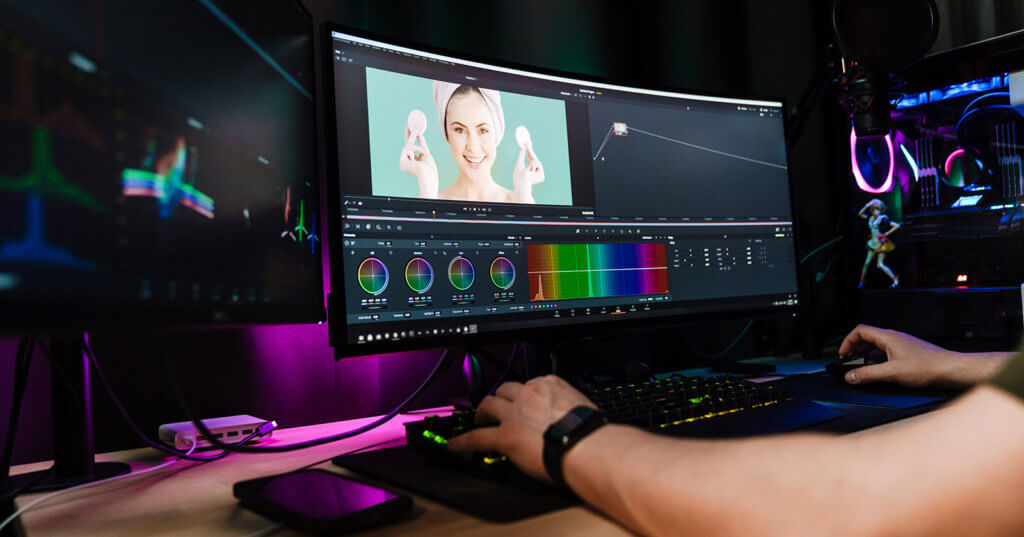
The Power of Fresh Eyes
When you’ve been working on a project for a long time, it’s easy to miss the forest for the trees. Fresh perspectives from different team members or target audience representatives can identify areas for improvement that you hadn’t considered.
Quality Assurance
Check and recheck. Attention to detail in editing can mean the difference between a video that’s merely watched and one that’s actively engaged with. Ensure audio and visual amplitudes are balanced, transitions are smooth, and the message is unambiguous.
Distribution and Promotion
Your animated marketing video is ready for the limelight, but where should it shine? Distribution and promotion are the final acts that give your video the visibility it deserves.
Multi-Channel Strategy
Use a multi-channel strategy to distribute your video, tapping into the platforms that are most frequented by your retail audience. Share it on social media, embed it in email newsletters, and feature it prominently on your website.
Engage with Your Viewers
Encourage comments, shares, and likes to foster a community around your video. Engagement metrics can offer insight into your audience’s reception of the video and inform future content creation.
Call to Action
The end is simply the beginning of new opportunities. Your video is ready to capture the hearts and minds of your retail audience, setting the stage for digital success. If you’re ready to take your retail marketing to new heights with animated videos, book a free 30-minute strategy call with Super Motion. Let’s transform your visions into moving stories that resonate and convert.
This guide serves as your treasure map through the intricate process of creating animated marketing videos. Approach each step with creativity, strategy, and an understanding of your audience, and watch as your retail brand comes to life in vibrant motion. Happy animating!


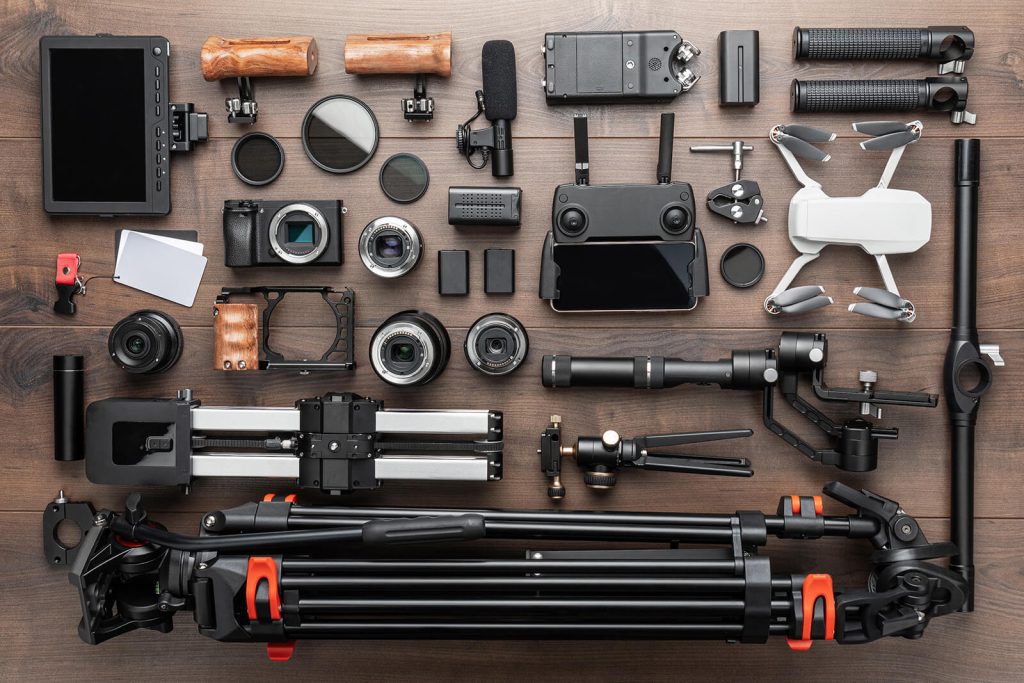
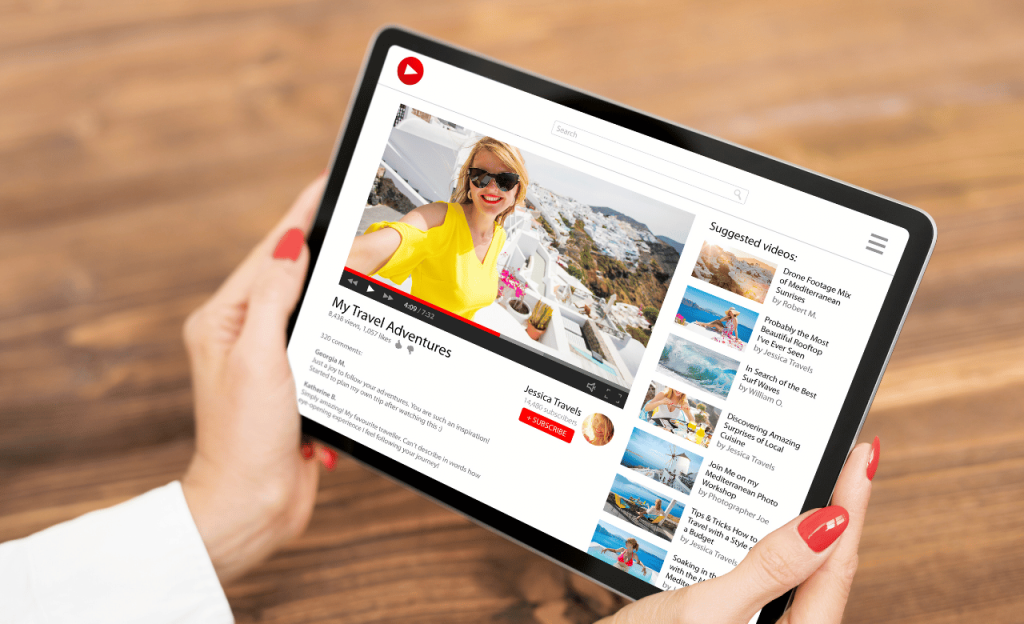





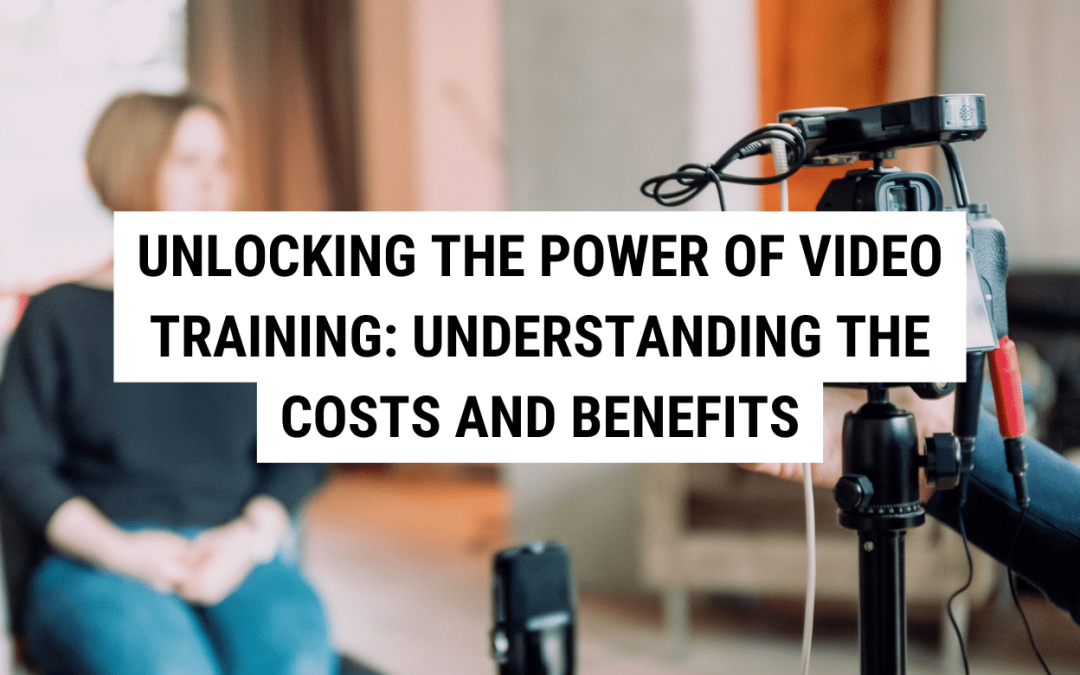



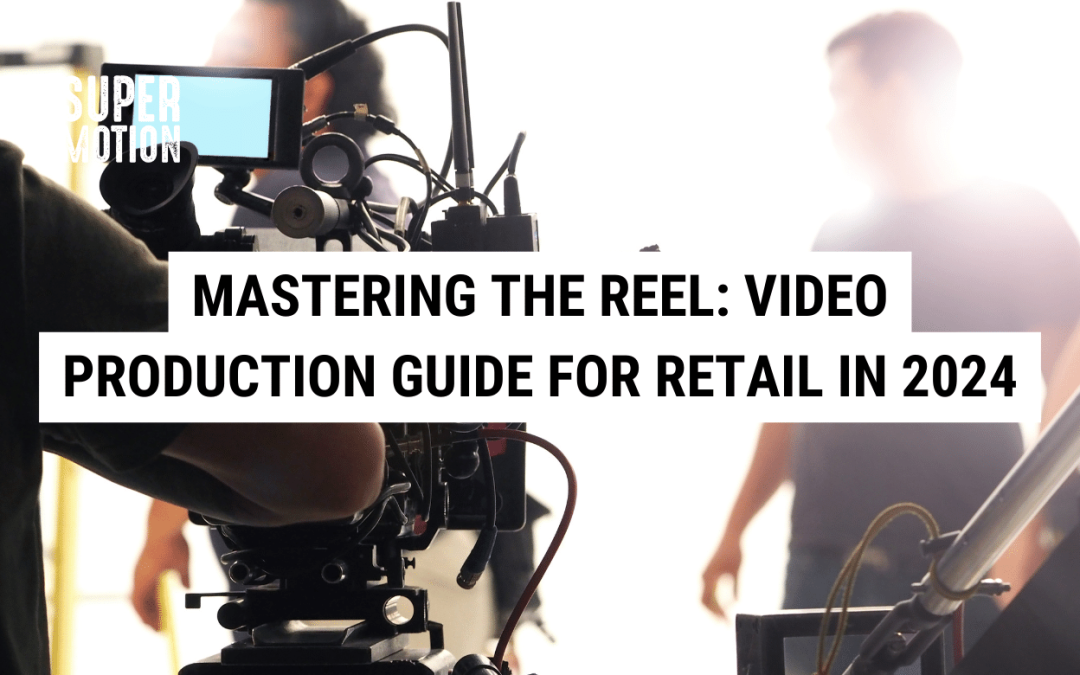




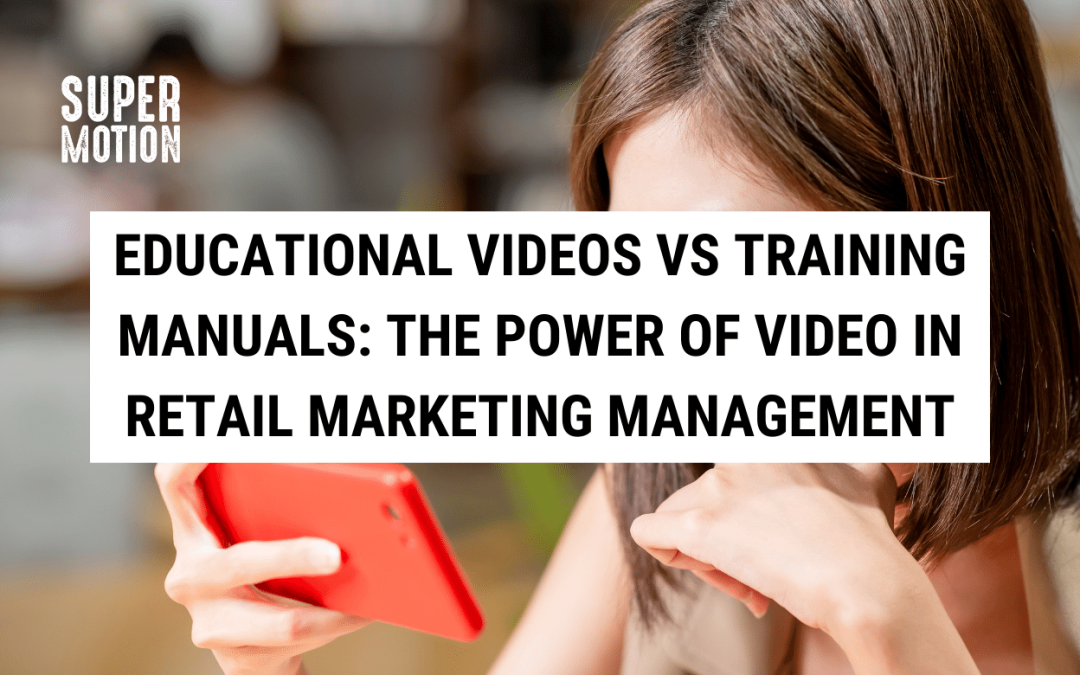

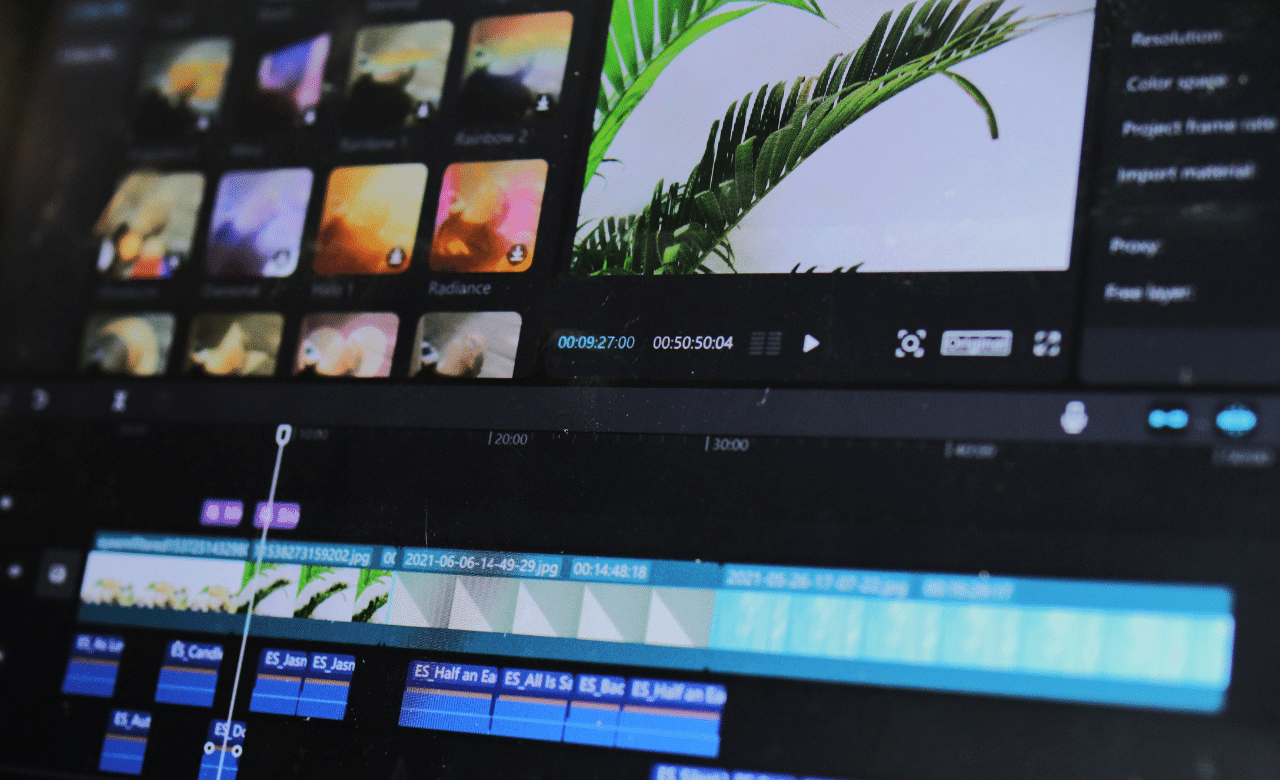
Recent Comments